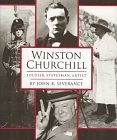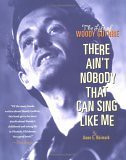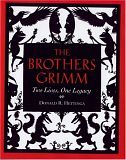And more bios!
Writing biographies for children has to be difficult. You need to faithfully tell of someone's life, while still being mindful of possible content issues. Then, there are the issues of writing nonfiction for children in general-- being mindful of your audience without talking down to them. The standard bearer for children's biographies is the wonderful Newbery winner, Lincoln by Russell Freedman.
Some of these books hit the mark, and some don't-- all the subjects are people I hadn't previously read a biography of.
First up, Winston Churchill: Soldier, Statesman, Artist> by John B. Severance.
This was a good introduction to a complex man who lived through, and led England through, a very complex time. Unfortunately, a lot of these complexities are glossed over with gross understatements such as, "Churchill loved cigars and brandy" (p65) the only mention of his love of alcohol. A lot of these more fascinating aspects aren't explored in ways I feel they could have been.
Still, I learned some fun things-- Churchill's mom was American (gasp!) and, when he was young, he was quite the looker.
The book contains lots of wonderful photographs to support the text and a great section at the end of some of Churchill's most memorable quotations.
I also must mention because it is my blog, and my pet peeve, that this book uses the term "Britishers" instead of my preferred "Britons" or "the British".
There Ain't Nobody That Can Sing Like Me: The Life of Woody Guthrie by Annie Neimark
This book is a great example of how to write a biography for children of someone who's life content might not be suitable for younger readers. Blackballing! Multiple Wives! Adultery! Alcoholism! Mental Illness! all dealt with in a sensitive manner without whitewashing the facts.
A compassionate and honest biography of a troubled man that changed America. It also has a great section of lyrics and uses Guthrie's lyrics well to introduce each chapter.
Fascinating and well done.
The Brothers Grimm: Two Lives, One Legacy by Donald R. Hettinga
This is another well done book, this time about the Brothers Grimm and how they gathered the German folktales we now attribute to them. This book did two things exceptionally well-- it used illustrations to complement the text, which is hard when writing about a time period before the camera. It also used language to its advantage-- the beginning, especially, read like a fairy tale.
It also well-explained a very confusing time in European history. Their corner of Western Germany continually changed hands between the French and Germans. This book discussed the confusion, the realities of living in a nineteenth century war zone, as well as the political tensions of the time very well and in a very accessible manner.
Also! Did you know that Grimm's law, which is really a big part of comparative linguistics was named after Jakob Grimm of the Brothers Grimm? Because I sure didn't!




No comments:
Post a Comment